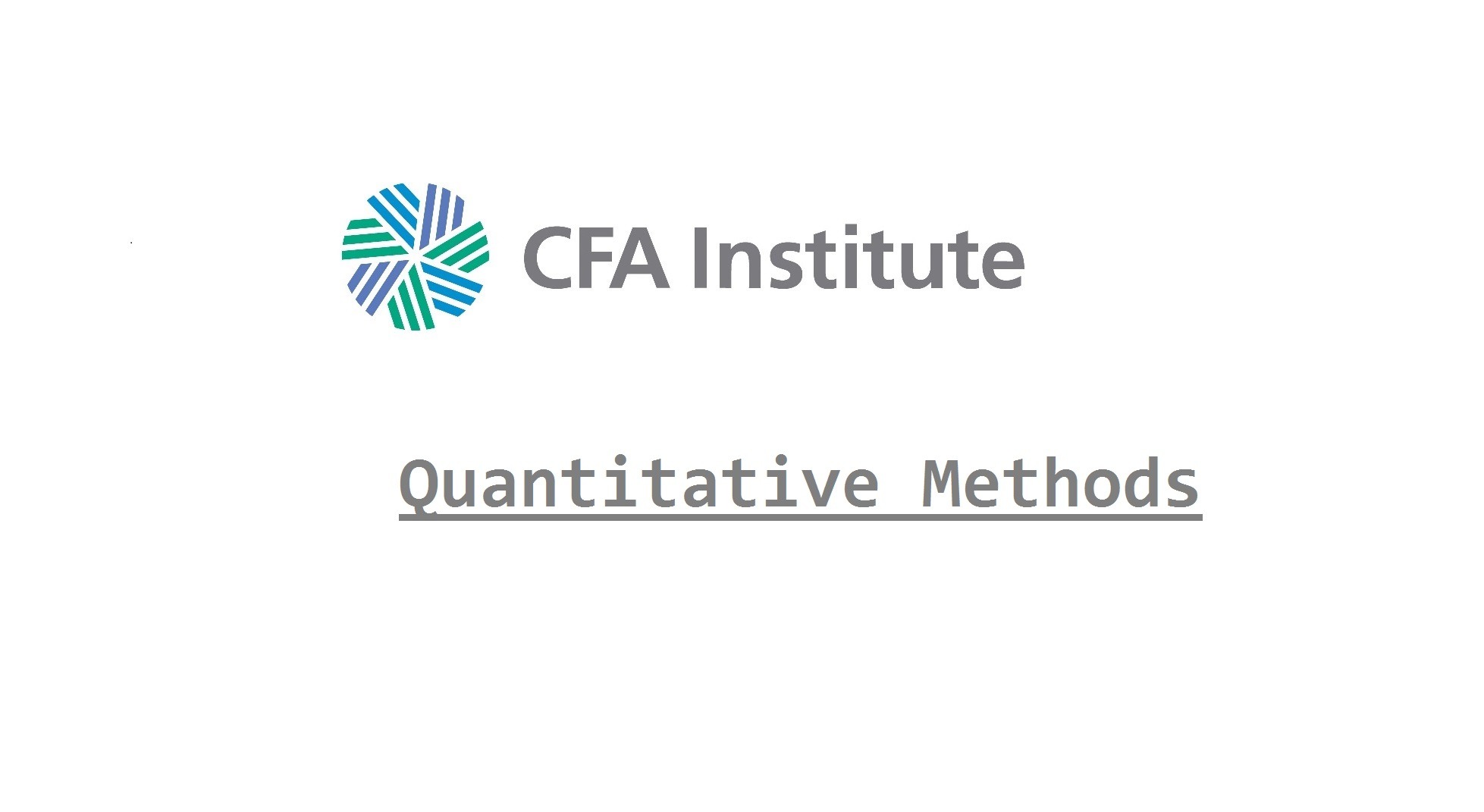Technical analysis focuses on making investment decisions purely based on supply and demand forces which are interpreted in charts and graphs. Technical analysts believe that human driven markets are susceptible to predictable reactions and patterns of behavior which enable analysts to estimate price direction. Using technical data, mainly based on price and volume trends, seek to create a narrative of investor sentiment. This operates on the assumption of free but inefficient markets.
The main tool of technical analysts is charts, which they use to spot patterns and indicators. For basic daily price movements, candlestick charts, which show opening, closing, high and low prices and are color coordinated to show positive or negative returns, are commonly used as they condense a large amount of information into a simple visual. For charts describing long time frames or large changes in prices, logarithmic charts are appropriate.
Trends are the most important pattern in technical analysis. When using relative strength analysis, we compare trends in asset charts to a benchmark chart. Uptrend lines connect the price lows of an asset with a positive slope, while downtrends form a line from the price highs with a negative slope. Support and resistance levels are prices that have a sticky price floor or ceiling effect. Support prices are price ranges where the asset will tend gain demand and not drop below, whereas resistance levels are prices where investors tend to sell and the asset cannot break above the range. The change in polarity principle states that once a support or resistance level is breached, it becomes the other (support level becomes resistance level).
Besides these trends, there are reversal patterns and continuation patterns. Reversal patterns indicate an end to a trend, while continuation patterns indicate that the previous trend will continue once periods of uncertainty pass. Volume increases during a trend can help confirm the trend.
Common reversal patterns:
- Head and shoulders
- Price target = neckline – (head – neckline)
- Inverse head and shoulders
- Price target = neckline + (neckline – head)
- Double tops and bottoms
- Triple tops and bottoms
Common continuation patterns:
- Triangles
- Rectangles
- Pennants
- Flags
Indicators use statistical measures like moving averages to create charts which help analysts gain more insight into the price and volume trends that are occurring. There are price-based indicators, momentum indicators, sentiment indicators and flow of funds indicators. Price based indicators describe price information, momentum indicators create indices which attempt to show functions like rates of change, sentiment indicators gauge investor bullishness or bearishness, and flow-of-funds indicators describe possible changes in supply and demand for assets.
Price Based Indicators:
- Moving averages – A type of lagging indicator that is based on past prices. The chart shows average prices during a specified period of time. Connecting the moving averages over time creates a much smoother price line, which can be see as “noise filtering.” When a short term moving average crosses a longer term moving average from below, this is a bullish golden cross. The opposite movement is a bearish dead cross.
- Bollinger bands – This uses moving averages to create two bands around a price chart. The lower band is the moving average minus a set number of standard deviations from the average price, and the upper band is the moving average plus a set number of standard deviations from the average price. The wider the bands are apart, the more volatile the price is. The closer the price line is to a band, the more the prices are skewed towards positive or negative standard deviations.
Momentum Based Indicators:
- Momentum oscillators – Also called rate of change osciallator, it is calculated by taking the difference between the last closing price and another closing price a set number of days in the past, multiplied by 100. These are seen as reinfocing signs when the oscillator crosses zero in the the same direction as a trend.
- RSI – The relative strength index charts whether an equity if overbought or oversold by comparing the total gains with total losses over a set period. When the RSI approaches 70 prices tend to be overbought, and a value below 30 indicates overselling.
- Stochastic oscillators – Compares the difference between the last closing price and (n) day low over a (n) range. The idea is that during up trends, prices will close towards the high end of the range, while in downtrends, prices will close towards the lower end. Some traders find that using a shorter (n) range allows them to get a jump on the market, but the shorter the range, the more noise that won’t be smoothed out. When the %k crosses the %d from above, this is a bearish signal.
- MACD – Made up of two lines. The MACD line is the difference between a long term and a short term moving average, usually 26 and 12 days. The signal line is a smoothed MACD line, over nine days. MACD signals are crossovers, divergences and reinforcements.
Sentiment Indicators:
- Polls – Various measurements of investor sentiments.
- Put/call ratio – Volume of put options vs volume of call options. More puts could be a bearish indicator, though contrarians strategies exist.
- VIX – A index of market volatility which attempts to represents the amount of fear/uncertainty in investors, based on option prices.
- Margin debt – An index of the amount leverage investors are using, the higher it is, the more confidence in the markets there is.
- Short interest ratio – An aggregate of the amount of short sells going on in the market. Larger of amounts of shorts can indicate bearish markets.
Flow of Funds Indicators: Gauges of potential supply and demand of equities, based on buying power. The more buying power/cash held, the more bullish these indicators are.
- TRIN/ARMS index
- Margin debt
- Mutual fund cash positions
- New equity issuance
- Secondary equity offerings
